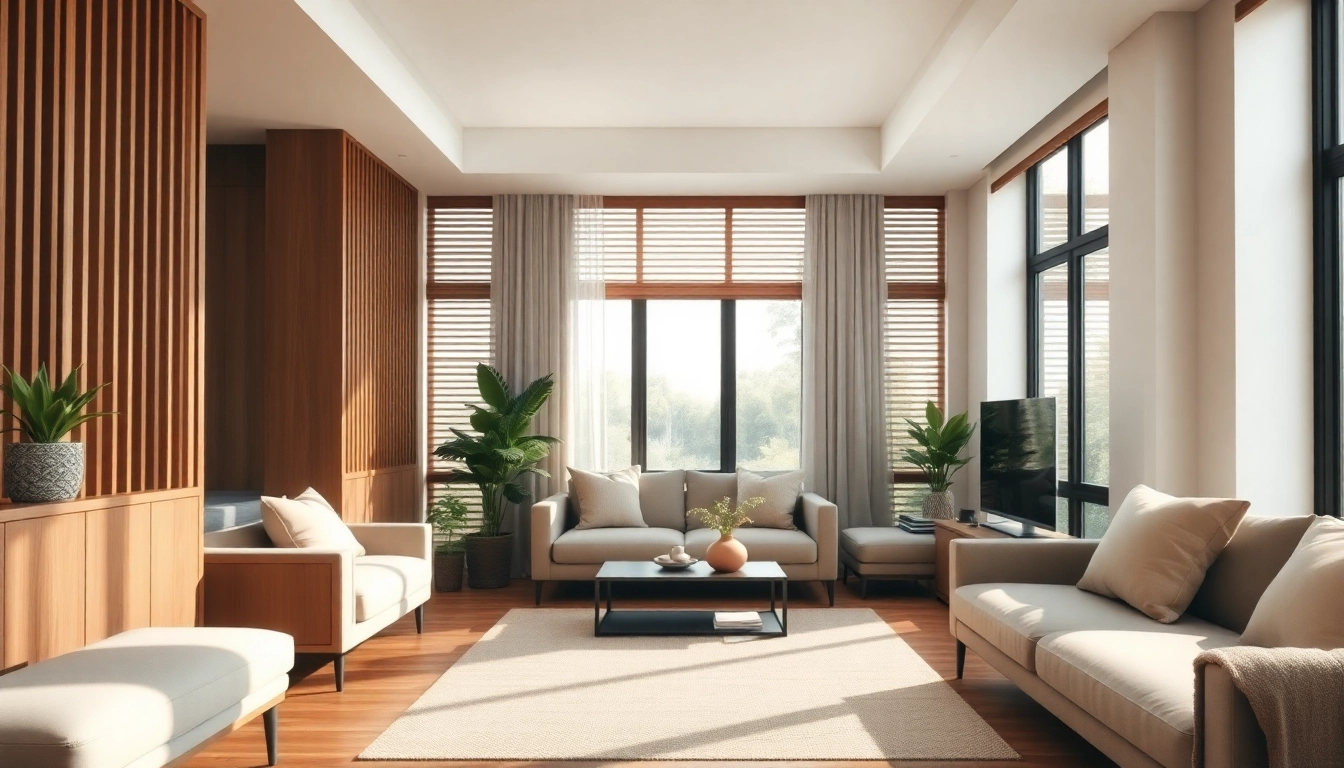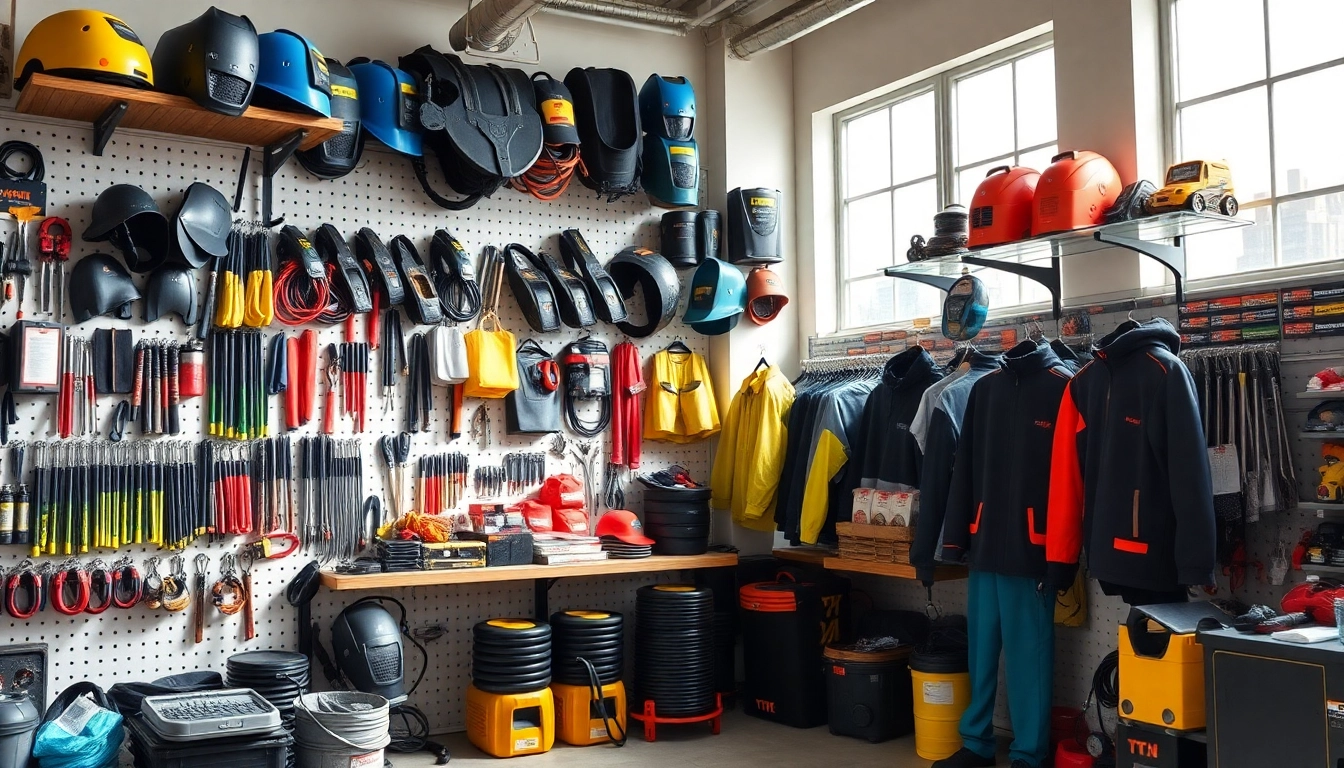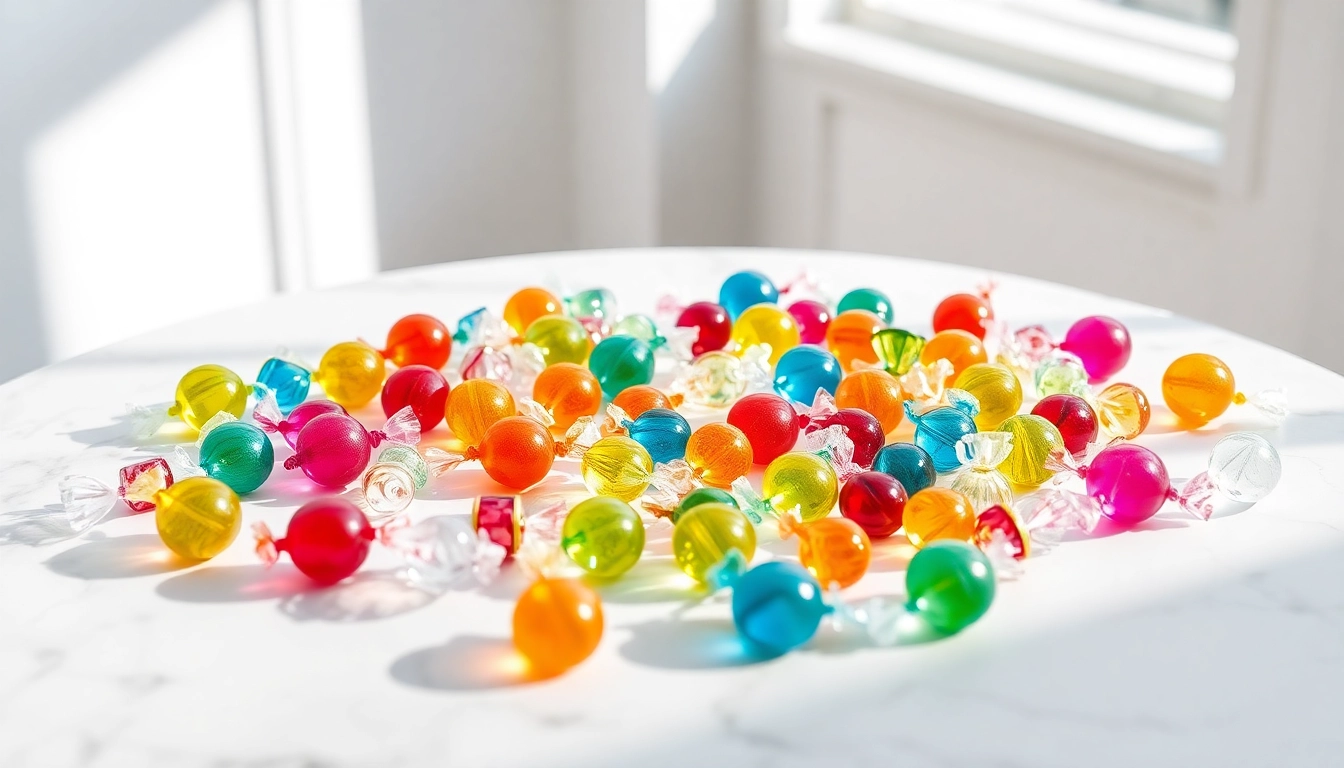Understanding Wall Slats and Their Benefits
What Are Wall Slats?
Wall slats are horizontal or vertical panels used as an interior design element to enhance the aesthetic appeal and functionality of living spaces. Typically made from various materials, these slats can create unique looks depending on the type, orientation, and color. They are increasingly embraced in contemporary design for both residential and commercial applications due to their versatility.
Advantages of Using Wall Slats
The use of wall slats in design comes with numerous benefits. First and foremost, they offer a modern aesthetic that can transform the ordinary into the extraordinary. Wall slats can also help in sound absorption, making them practical in spaces such as offices or home theaters where noise levels need to be controlled. Additionally, they can enhance a room’s dimensionality and depth, drawing the eye upward or across depending on their placement.
Another advantage is their ease of maintenance. Wall slats are generally easier to clean than traditional drywall or paint finishes, allowing homeowners and business owners alike to maintain a polished look with less effort. Moreover, they can serve as excellent insulators, especially when specific materials are used, which can help in energy conservation.
Different Materials for Wall Slats
Wall slats can be made from a variety of materials, each bringing its unique character to a space. Wood is perhaps the most traditional material, offering warmth and a classic look that suits almost any style. Laminate and MDF (Medium Density Fiberboard) are also popular for their cost-effectiveness and ease of installation.
Metal slats, on the other hand, can deliver a more industrial feel and are exceptionally durable, making them ideal for commercial spaces. Finally, eco-friendly options like bamboo are becoming increasingly popular for homeowners looking for sustainable materials that do not compromise on aesthetics.
Designing Spaces with Wall Slats
Living Room Inspirations with Wall Slats
In the living room, wall slats can act as a stunning focal point. Whether used behind a television, as an accent wall, or surrounding a fireplace, they can add both texture and interest to the space. A recent trend involves painting slats in a contrasting color to the rest of the wall, which not only enhances their visual appeal but also creates a playful juxtaposition that invites interaction and engagement.
Wall slats can also be used to delineate spaces within an open-concept living area. For example, using slats to separate dining from living can create an illusion of privacy without the need for a full wall. This technique can help maintain an airy atmosphere while providing functional separation.
Wall Slats for Commercial Spaces
For commercial applications, wall slats can be particularly effective in creating an inviting atmosphere. In retail shops, for instance, slats can be used to display products in an organized and visually appealing way. They can help create dedicated zones within a store, guiding customers smoothly through the shopping experience.
Additionally, wall slats can enhance branding. Custom slats painted or finished in brand colors can serve as a backdrop for logos or promotional displays, reinforcing brand identity while uplifting overall aesthetics. This functional use, combined with the slats’ natural beauty, offers an unforgettable shopping experience for customers.
Creative Solutions for Small Areas
Small spaces can greatly benefit from the optically expanding effects of wall slats. By installing them vertically, one can create a feeling of height in a room. This is especially useful in apartments and compact homes where maximizing space is essential.
Moreover, wall slats can also be utilized in multifunctional furniture. For instance, a slatted panel can serve as a room divider that simultaneously functions as a bookshelf or display area, making small spaces not only more functional but also more visually appealing. Light-colored slats can help make a room feel larger while darker tones can add warmth and coziness, depending on the desired overall ambiance.
Installation Tips for Wall Slats
DIY vs. Professional Installation
When it comes to installing wall slats, one must consider whether to take on this project as a DIY endeavor or hire professionals. DIY installation is a feasible option for those equipped with basic carpentry skills and proper tools. However, for large installations or intricate designs, enlisting a professional may save time and guarantee a polished finish.
Professional installers can also offer insights into the best materials for specific applications and provide aesthetic advice that can elevate the project. Ultimately, the choice will depend on your budget, skill level, and the importance of achieving a specific design vision.
Tools and Materials Needed for Installation
For those opting for a DIY approach, having the right tools is essential. Necessary tools include a level, measuring tape, saw, hammer, and nails or screws, depending on the type of wall slats being installed. Having adhesive on hand can also facilitate the installation process.
Beyond tools, selecting the correct wall slats material is paramount. Ensure that you choose slats that match the intended design theme and fit the area’s functional requirements. It’s also wise to prepare your wall surface to guarantee a secure and lasting fit for the slats.
Common Mistakes to Avoid when Installing Wall Slats
There are a few common pitfalls to be aware of when installing wall slats. One of the most significant mistakes is failing to measure accurately. Inaccurate measurements can lead to misplaced slats and uneven lines, resulting in a less professional appearance.
Another frequent error is neglecting to consider the wall’s material. Different substrates require varying types of fasteners and adhesives. Lastly, not allowing for expansion and contraction of the material can lead to warping over time, particularly in the case of wood slats. Keeping these potential issues in mind can help ensure a successful installation.
Maintaining and Caring for Wall Slats
Cleaning Techniques for Different Materials
Maintaining wall slats requires a tailored cleaning approach depending on the material. Wooden slats should generally be dusted with a soft cloth and can be polished with wood polish for luster. However, avoid using water, which can warp wood over time.
Laminate and MDF slats can be wiped clean with a damp cloth and mild soap solution. Harsh chemicals are best avoided as they can damage the finish. Metal slats, being less prone to damage, can typically withstand a broader range of cleaning products, though gentle methods are still recommended to maintain their appearance.
Repairing Damaged Wall Slats
In the event of damage, different repair strategies will apply to different materials. For minor scratches or dents in wooden slats, wood filler or a matching paint can be used to touch up imperfections. Laminate surfaces may require a specific repair adhesive or patch kits designed for that particular material.
In the case of metal slats, any dents can sometimes be hammered out or filled with a specialized product. For more significant damage that compromises integrity, replacing individual slats may be the most viable solution.
Long-term Care Tips for Longevity
To ensure longevity, it’s essential to regularly inspect your wall slats for signs of wear and tear. A preventive approach can help manage small issues before they escalate. For example, conditioning wood slats periodically can help maintain moisture levels and prevent cracking.
Moreover, using coasters or mats behind furniture placed against slats can help reduce wear. Similarly, areas that receive a lot of sunlight may require treatments to prevent discoloration or fading, ensuring that your wall slats remain vibrant and beautiful through the years.
Trends in Wall Slats Design
Current Aesthetic Trends
As design evolves, wall slats are increasingly being used in innovative ways that blend functionality with aesthetics. The trend of mixing materials—such as pairing wood slats with stone or metal accents—creates visual intrigue and adds depth to a room. This layering can elevate a simple design into something sophisticated and layered.
Color is also at the forefront of current wall slats trends. Designers are now opting for bold colors over traditional wood finishes to create striking statements in spaces. Customization has led to personalized designs that reflect an individual’s style while maintaining a cohesive look throughout a home or business.
Innovative Uses for Wall Slats
Beyond traditional applications, wall slats are being utilized in innovative ways, such as incorporating them into functional furniture pieces. Wall slats can be designed into shelving units or integrated into cabinetry, allowing for multifunctional use without sacrificing style.
Another innovative approach involves using wall slats as art pieces or decorative accents. Artists and designers are pushing boundaries by creating custom installations that transform standard walls into breathtaking art displays that invite conversation and appreciation.
Future Predictions for Design with Wall Slats
Looking ahead, the future of wall slats in design appears bright. With growing interest in sustainability, we can expect a surge in alternative, eco-friendly materials being used for slats. This shift will cater to a market increasingly concerned with environmental impact while still desiring beautiful and functional design.
Moreover, the integration of technology into design will likely influence wall slat applications. We may see slats equipped with built-in lighting or smart technology that enhances their usability while maintaining a sleek appearance. As design continues to evolve, wall slats will undoubtedly remain a vital component that can adapt and thrive in varied applications.



